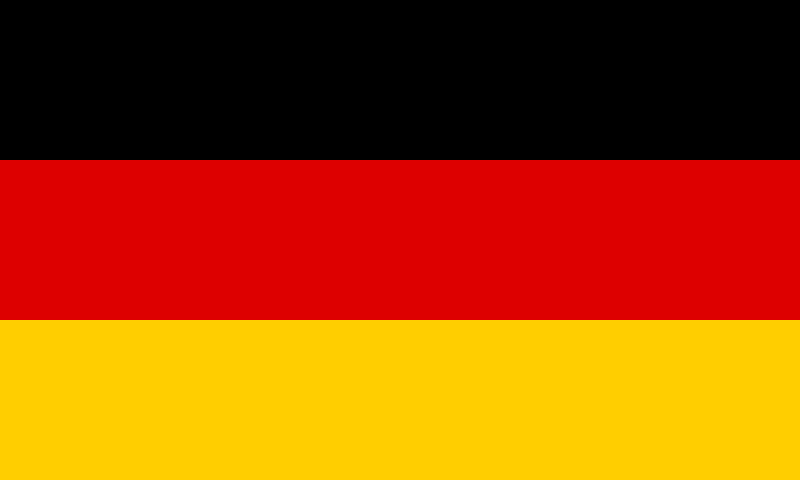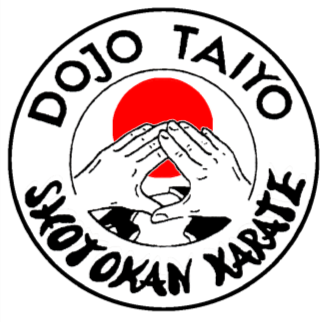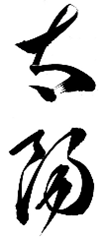
Firstly, to all internet users, welcome to Dojo Schweicheln website. We hope that the information you are looking for shall be well sufficient and to your satisfaction. Even when one’s just browsing through Dojo Schweicheln internet pages, we hope it will generate some sort of good interest to you. We wish you some fun in enjoying the display of information and finally thank you for taking up the good interest shown upon us.
The aim of this page is to recall how Dojo Schweicheln came to existence. Well! I would like to introduce myself, Jean-Claude Carmagnole, born on the Island of Mauritius. At my early teens, I immigrated to England and finally through a military career, I landed in Germany.
Through my activities in practicing Martial Arts, I started to experience Shotokan Karate through friendly training in the late 70’s with a friend and Sensei called Roy Cadeau, born Seychellois. After experiencing the powerful elements that Shotokan Karate style has, beside its natural philosophy, I joined a club in the early 80’s under a Sensei called Wolfgang Henning and furthermore trained with Sensei Domenico Palopoli and Sensei Michael Schönbeck.
As Sensei Henning’s club closed down in the mid-80’s, I was left solely to train where I possibly could. During that spell I eventually left the Armed Forces and found myself an occupation in the district of Soest, in the Sauerland region of Germany. Determined not to give up my karate, I was found training alongside the Belgium Army, under Sensei Willy Walraedt and Sensei Danny Decloed , where I obtained Sensei Walraedt’s self-defence concept for women.
During that particular period, I came across Sensei John Gilliland, who is the chief instructor of Gashushuin Karate, and through him I met Sensei Robert Curtis from Ryoshin Karate. Both Sensei were great contributors to my karate knowledge and served as good international ties for myself and my pupils. Also, I trained under Sensei Geraldo Laginestra in Warendorf, district Muenster. Sensei Geraldo Laginestra who contributed to my Shodan (1st Dan black belt in April 1987).
Beside my membership with Shotokan Karate International Deutschland Association since 1983, I was also involved with S.K.I. Africa under Sensei Mohammed Dione, who gave me a lot of inspiration in the aspect of Shotokan Karate-Do. Even though I was working and living in Soest, I still had a lot of ties with karate and my private life in the district of Herford.
During the year 1988, Dojo Bushido, an S.K.I.D. karate dojo under Sensei Roy Cadeau, closed down and since I was an honoured guest at that Dojo, Bushido members approached me for help in giving training at another location, but after a short while their organization had a breakdown. Luckily, during that period I was residing in Schweicheln, on the outskirts of Herford. From then on, I decided to approach a football Club SG Schweicheln association for their permission to form a karate section within their football association, as they were the only main Sport Association in the nearest vicinity where I was eventually residing.
On the 7th of July 1990, Andreas Ebeling, a member of SG Schweicheln association, had arranged with me to make an appointment with Hermann Tölle, who at the time was the executive Director of SG Schweicheln association football club. From the 6th to the 13th of September 1990 the discussing was finalized and the set date for the first training session was Friday, the 5th of October 1990.
In late 1991, as the karate members grew in numbers, I decided to approach our National Trainer, Großmeister Akio Nagai, to ask and obtain a Dojo name for our karate section, a name that would fit my philosophy and way, that meant having the meaning of a close bond to nature and the universe. In fact, the ideologic meaning of the Kata Kanku Dai in all its different aspects of interpretation fitted my way in the sense of Karate-Do.

The name Taiyo was passed to me from our National Trainer Großmeister Akio Nagai Shihan. Taiyo, meaning sun, is a popular name used in Japan, which covers a wide range of spectrum, even to the samurai era. After receiving the name Taiyo, I set to work with my pupils, at that time with Miguel Manceras, Thomas Aleth, Thomas Stieber, Robert Child and his mother Sue Child to finally bring the design of an emblem to light. The visual performance of Kata Kanku-Dai at its beginning stage of looking at the sky through both open hands, brought me the enlightenment to express the meaning of opening one’s heart to others with a welcome in exchanging, learning new experiences and making friendships.
On this ongoing Dojo history and finding ourselves in this Covid Pandemic, a lot of attentions have been looked at to change the image and face of Dojo Taiyo into a better Karate without losing the good spirit of Karate Do.

At this very present day, we have a slight alteration to the Emblem, instead of Taiyo, (Emblem changes made by the help of Sensei Jan Oertel) we have replaced it with Schweicheln. As Dojo Schweicheln is a Karate Section operating under Popular Sports and exercising a modern Traditional Karate-Do together with self-defence reality concepts. Our Japanese script represent our name Taiyo, where it appears present at the background for us.

For almost 39 years with SKID, my decision has been made to change our Karate association leadership, but not our ties with Japan and above all its Modern Traditional values of Shotokan Karate-Do. Sensei Frank Weber, the Chief Trainer of the community of interest for applied martial arts Germany (IGAKK Germany) is going to lead our way, he is a dear friend and my Karate shadow (close adviser in karate) for 29 years. The change was not predicted, and I believe that Dojo Schweicheln need the right leadership and we are hoping to be successful in achieving that Karate path. Now we are the members of International Ryukyukai Association, following the Karate-Do of Saito-ha Ryu Japan.

